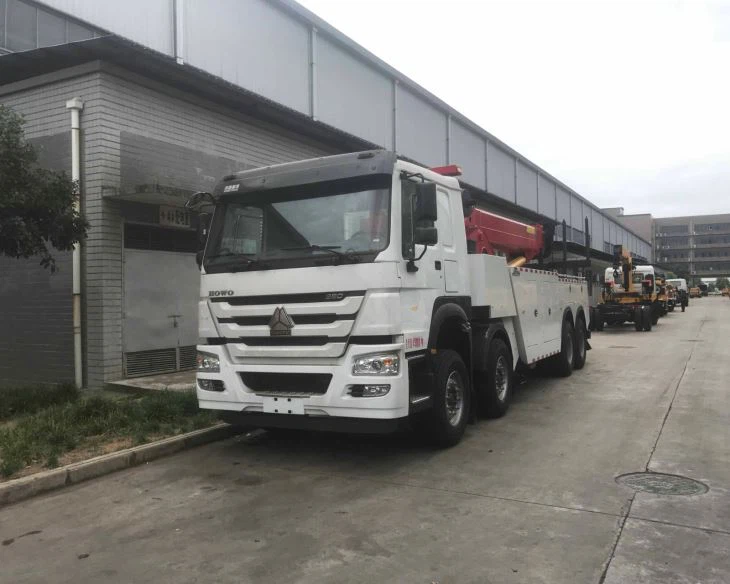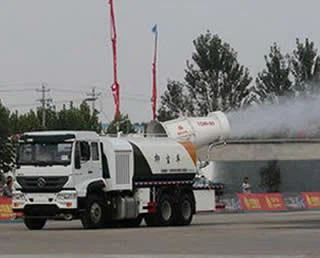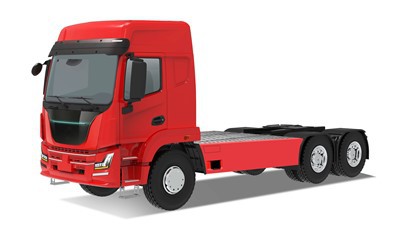Everything You Need to Know About Garbage Truck Claws

Introduction
Garbage truck claws play a pivotal role in modern waste management systems. These innovative tools are designed to enhance the efficiency of garbage collection, making the process safer and more effective. With urban areas growing and the volume of waste increasing, understanding the function, design, and benefits of garbage truck claws is essential. This article aims to provide comprehensive insights into garbage truck claws, including their types, mechanisms, benefits, and practical applications. We will also address common questions to help you understand their importance in waste management.
1. What is a Garbage Truck Claw?
A garbage truck claw is a hydraulic mechanism attached to waste collection vehicles that enables the efficient lifting and emptying of bins and containers. Designed for heavy-duty operations, these claws reduce manual labor, speeding up the collection process while minimizing physical strain on workers.
1.1 Mechanism of Operation
The operation of a garbage truck claw relies on hydraulic systems, which convert fluid pressure into mechanical force. When the operator activates the claw, hydraulic fluid is directed to the cylinders, causing the claw to open or close. This allows the claw to grasp containers and lift them for emptying into the truck’s compactor.
2. Types of Garbage Truck Claws
There are several types of garbage truck claws, each designed for specific applications. Understanding these types can help municipalities and waste management companies choose the right equipment.
2.1 Standard Claw
The standard claw is the most commonly used type in residential waste collection. It generally features a basic design that allows for easy grabbing and lifting of standard trash bins.
2.2 Specialized Claw
Specialized claws are designed for specific applications, such as collecting recyclable materials or handling larger containers. They may feature larger gripping surfaces or additional capabilities to handle various types of waste smoothly.
2.3 Multi-Purpose Claw
Multi-purpose claws offer versatility and can be adjusted for different tasks, making them ideal for waste management companies that handle a varied range of waste types.
3. Benefits of Using Garbage Truck Claws
Investing in garbage truck claws brings numerous benefits to waste management operations. Here are some significant advantages:
3.1 Increased Efficiency
Garbage truck claws allow for quicker and more efficient collection operations. By automating the lifting and dumping process, waste collection services can cover larger areas in less time.
3.2 Reduced Physical Strain
Minimizing manual handling of waste reduces the risk of injury among workers. This means fewer workplace accidents and lower workers’ compensation claims.
3.3 Enhanced Safety
Automating the process of waste collection limits the interaction between workers and heavy lifting tasks, resulting in safer work environments.
4. How Garbage Truck Claws Work
The functionality of garbage truck claws involves intricate mechanics and engineering principles. Understanding these can provide insights into how they work in practice.
4.1 Hydraulic System Components
| Component | Description |
|---|---|
| Hydraulic Pump | Generates pressure to operate the claw. |
| Hydraulic Cylinder | Converts hydraulic energy into mechanical action to open/close the claw. |
| Control Valve | Regulates fluid flow, allowing the operator to control the claw’s movements. |
| Claw Body | The structure that grips and lifts containers. |
4.2 Operating Process
The operator follows these steps to utilize a garbage truck claw:
- Approach the container.
- Activate the hydraulic system using the control valve.
- Position the claw around the container.
- Close the claw to grip the container firmly.
- Lift the container and empty it into the truck’s compactor.
- Lower the container back down and open the claw to release it.
5. Maintenance Tips for Garbage Truck Claws
Like any heavy-duty equipment, garbage truck claws require regular maintenance to ensure optimal performance and longevity.
5.1 Regular Inspections
Monthly inspections should be carried out to check for wear and tear, ensuring all hydraulic components are functioning correctly.
5.2 Lubrication

Regular lubrication of moving parts prevents friction and wear. Use high-quality lubricants designated for hydraulic systems.
5.3 Hydraulic Fluid Maintenance
Regularly check the hydraulic fluid levels and replace any old or contaminated fluid to maintain efficiency and performance.

6. Practical Examples of Garbage Truck Claws in Use
Garbage truck claws are utilized in various scenarios, showcasing their versatility and effectiveness in waste management.
6.1 Residential Waste Collection
In urban areas, garbage truck claws efficiently pick up trash bins from curbside. This allows for quicker service and less congestion in residential neighborhoods.
6.2 Construction Waste Management
During construction and renovation projects, garbage truck claws can easily manage large containers filled with debris, allowing for quick site cleanup.
6.3 Commercial Waste Collection
For businesses with larger waste containers, garbage truck claws facilitate the hassle-free collection of bulk waste, improving overall operational efficiency.
7. Environmental Impact of Garbage Truck Claws
The use of garbage truck claws contributes positively to waste management practices, which, in turn, aids environmental conservation.
7.1 Waste Reduction
By improving collection efficiency, garbage truck claws help municipalities enhance recycling efforts and reduce overall waste sent to landfills.
7.2 Emissions Reduction
With faster collection times, garbage trucks equipped with claws can make fewer trips, leading to reduced fuel consumption and lower emissions.
FAQs About Garbage Truck Claws
1. How much can a garbage truck claw lift?
The capacity of a garbage truck claw varies depending on the model and hydraulic system. However, most claws can lift containers weighing between 300 to 1,500 pounds.
2. What maintenance does a garbage truck claw require?
Regular inspections, lubrication of moving parts, checking hydraulic fluid levels, and replacing worn components are necessary to ensure optimal performance.
3. How do garbage truck claws improve safety?
Garbage truck claws automate the lifting process, minimizing the physical demands placed on workers and reducing the risk of injuries associated with manual lifting.
4. Can garbage truck claws be used for recycling?
Yes, specialized garbage truck claws are available for collecting recyclable materials, enhancing efficiency in recycling programs.
5. Are garbage truck claws environmentally friendly?
Yes, by enhancing collection efficiency and lowering emissions, garbage truck claws contribute positively to environmental conservation efforts.

6. What are the common issues faced by garbage truck claws?
Common issues include hydraulic leaks, wear on moving parts, and control valve malfunctions. Regular maintenance can help mitigate these problems.
